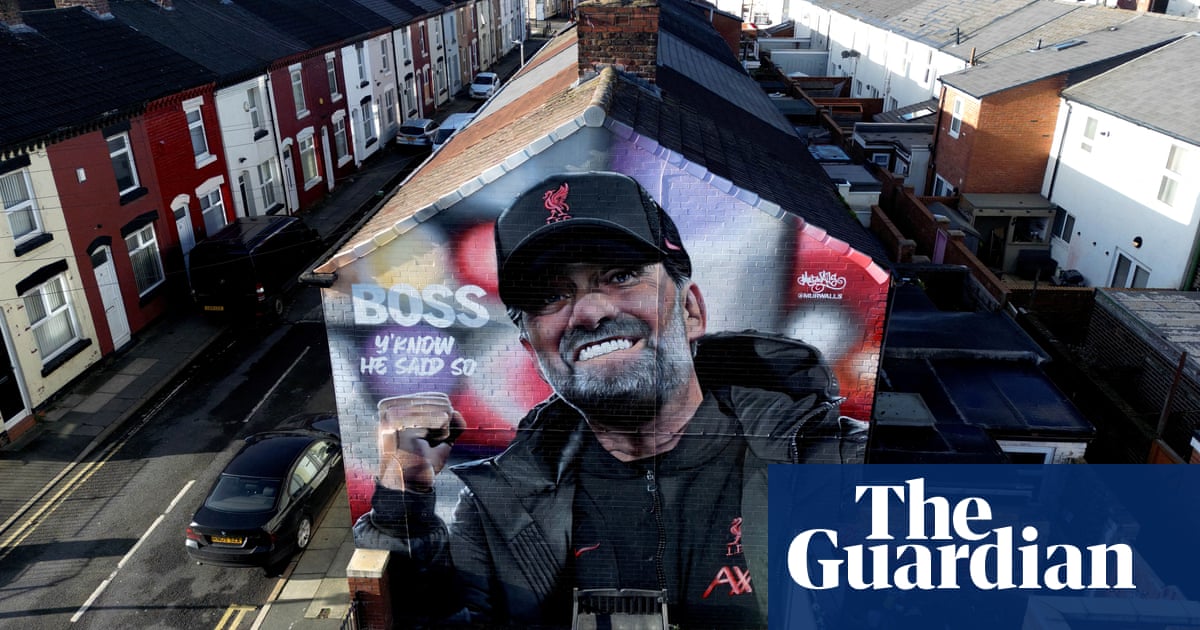
“Any athlete you talk to, they have resilience,” said Shahrad Nasajpour during a press briefing in Tokyo on Monday. “Part of it comes from the athletic background, so any athlete you talk to they have it. But when you are a refugee athlete or Paralympian, which makes it even harder, the adversity behind makes you more perseverant in your life and in your career.”
Nasajpour, who has cerebral palsy, left his native Iran in 2015 and was granted asylum in the US. He was instrumental in setting up the Paralympic refugee team which competed for the first time in Rio in 2016, and indeed formed 50% of its number. Now, as part of a six-strong team, he will be competing in the F37 discus once again and when the Games get under way in Japan on Tuesday the resilience, perseverance and athletic talent that Nasajpour represents will be the qualities organisers hope to project to a watching world.
As with so much of Tokyo 2020, hope remains an operative word at the Paralympic Games. Covid case numbers continue to rise in both the capital and Japan more broadly, reaching record levels in the past week. There have been cases in the athletes’ village in recent days and four Pacific nations withdrew from competition after being unable to afford the quarantine in Australia en route.
There will be fewer spectators than at the Olympics, where fans were allowed to attend some venues outside Tokyo, though there are still plans to allow up to 140,000 schoolchildren to have access to events. The latest development is the suggestion that Paralympic venues could be transformed into emergency medical facilities once the Games have ended, a legacy very different from anything anticipated 18 months ago.
The Paralympics is set to show its resilience and persevere, with concerns both political and commercial remaining paramount. Talk to any athlete getting ready to compete, however, and other more edifying, indeed encouraging reasons for proceeding appear. This not just an event they have spent five years preparing for and not just the pinnacle of their sporting career – it is also the only time in any year when people with disabilities take centre stage. A group marginalised by all societies, and hit harder by the pandemic than any other, have a chance to tell their story.
The Games get under way with Tuesday’s opening ceremony which, according to official literature, will be built around the theme We Have Wings (the theme of the closing ceremony will be Harmonious Cacophony, which sounds worth turning in for). Competition proper then begins on Wednesday with a busy day in the Tokyo Aquatics Centre pool and track cycling in Shizuoka.
Over the course of 12 days to 5 September, 1,617 medals will be awarded across 539 events in 22 sports. The plethora of events is down to the classification system which categorises athletes according to their disability. Ten eligible impairments are assessed, with athletes then graded according to the severity of their disability (the lower the number the higher the severity), before being further organised by sport. It means the Paralympics has a different rhythm to the Olympics with a constant flow of medals and competition in both swimming (Wednesday to 3 September) and athletics (Friday to 5 September) having a constant flow of medals across 10 days of competition.
Classification is also a highly technical, complicated and political process. Eighty-seven athletes were still awaiting adjudication on Monday and new refinements can bring big changes. One such is the separation of single- and double-leg amputees in athletics this year, which means the blue riband 100m lineup of London 2012 where Jonnie Peacock took gold against Oscar Pistorius could no longer take place.
Peacock now competes in the new T64 classification and faces stiff competition as he sets out to win back-to-back-to-back 100m gold medals. He will be joined in the ParalympicsGB team by several fellow stars of 2012, from Dame Sarah Storey to the still unknighted David Weir, out of retirement in the hunt for more long-distance medals. Another London hero, Ellie Simmonds, will be the British flagbearer alongside the archer John Stubbs, who won silver in Rio. The cyclist and sprinter Kadeena Cox, the swimmer Reece Dunn and David Smith, a star of boccia (a form of bowls played by athletes with severe physical disabilities), are other British performers who look poised for success.
Outside the UK, there will be many more returning stars, from the visually impaired Cuban sprinting sensation Omara Durand to the German “Blade Jumper” Markus Rehm. Heinz Frei, the Swiss athlete who first competed in the Paralympics in 1984, as switched between wheelchair and handcycle racing, also competes in cross-country skiing in the winter Paralympics and is returning for his 10th Games at the age of 63.
Such is the nature of parasports that each cycle brings new athletes on to the stage who have experienced sudden changes in their lives. Canada’s Kate O’Brien competed in track cycling at the Olympics in Rio but sustained serious head injuries in a 2017 car crash and will now compete in the C4 sprint category at the Paralympics. Britain’s Jaco van Gass is a former soldier who lost an arm on a tour of duty in Afghanistan. He will also make his Paralympics debut in track cycling this week.
The human stories behind the Paralympics are relentlessly compelling and one factor behind the Games’ rise in prominence in recent years. Projections for this year’s audience are the biggest yet, with the International Paralympic Committee estimating an aggregate TV audience of 4.25 billion people across the world, with 177 territories broadcasting the Games in some way.
It’s under this spotlight that the IPC, in conjunction with the International Disability Alliance, OHCHR at the United Nations and others, has launched a campaign called WeThe15. Aspiring to be “the biggest ever human rights movement to represent the world’s 1.2 billion persons with disabilities”, it cites the aim of creating greater social inclusion for the 15% of the world’s population who have some form of disability.
“We have seen other movements like LBGTQ, Black Lives Matter, the Me Too movement, and we need a similar movement for persons with a disability,” said Andrew Parsons, the head of the IPC. “These movements have organised themselves in a way that they could advance their agenda, and we believe that so far – even though the Paralympics has brought some change – we need to bring together these other international organisations to make this change more effective. Not only every four years.”
In a year when the political decisions of the Olympic movement have raised concern, from the limits on athletes’ freedom of expression to the commitment to staging the 2022 Winter Games in Beijing, the Paralympics is speaking the language of progressive change. If that change becomes real, however, it will be the athletes who made it possible.












